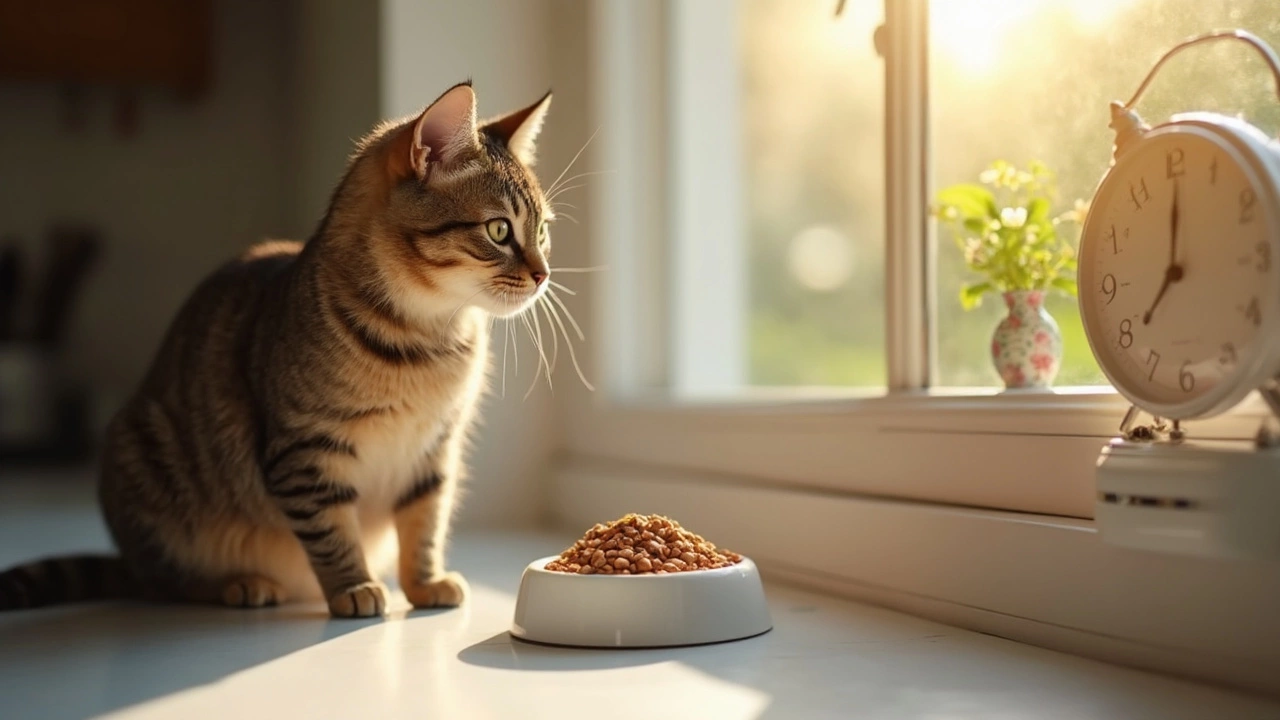Free Feeding Explained: Let Your Dog Eat Whenever They Want
Ever wonder if you can just leave a bowl of kibble on the floor and let your dog decide when to eat? That’s called free feeding, and it sounds easy, but it’s not a one‑size‑fits‑all solution. In this guide we’ll break down how free feeding works, when it’s a good idea, and what you need to watch out for.
What Is Free Feeding?
Free feeding means keeping food available 24 hours a day. Instead of set meals, you top up the bowl whenever it gets low. Dogs can graze all day, just like they would in the wild. The main draw is convenience – no more counting down the minutes to the next feeding.
Pros: Why Some Owners Like It
1. **Flexibility** – If you’re busy, you don’t have to worry about missing a meal. 2. **Self‑regulation** – Many healthy adult dogs will eat the right amount when food is always there. 3. **Reduced begging** – When the bowl is never empty, your dog isn’t constantly staring at you for a snack.
These benefits sound great, but they come with strings attached. Free feeding works best for dogs that stay at a stable weight, have no medical issues, and are good at stopping when they’re full.
Cons: When Free Feeding Can Backfire
1. **Weight gain** – Puppies, senior dogs, and overweight pups often overeat if food is always available. 2. **Food aggression** – Some dogs become protective of their bowl, leading to guarding behavior. 3. **Hard to monitor** – If you can’t see how much they’re eating, it’s tougher to spot nutritional problems early.
If your dog falls into any of these categories, a measured feeding schedule (like the one in our post “What Time Should You Stop Feeding Your Dog at Night?”) is a safer bet.
How to Make Free Feeding Work Safely
Start with a high‑quality kibble that meets your dog’s life‑stage needs. Measure the daily recommended amount on the packaging, then spread that food evenly across the day. Use a slow‑feed bowl or a puzzle feeder to slow down rapid eaters and add mental stimulation.
Keep an eye on your dog’s body condition. If you notice a belly growing or a coat getting dull, cut back the amount or switch to a timed feeding routine. A quick weekly weigh‑in can save you a lot of hassle later.
When to Switch to Scheduled Feeding
If your dog is a puppy, has diabetes, is on a weight‑loss plan, or tends to guard food, set meals are the way to go. Scheduled feeding also makes it easier to give medication with food and to track any changes in appetite that could signal health issues.
Our article “Best Time to Stop Feeding Your Dog at Night?” walks you through the best evening routine to keep digestion smooth and sleep restful.
Final Tips for Free Feeding Success
- Pick a consistent spot for the bowl – dogs feel safer when their feeding area doesn’t change.
- Remove the bowl for a few hours each night to give your dog a natural break; this helps prevent overeating.
- Combine free feeding with regular exercise – a walk after playtime gives your dog a chance to burn calories.
- Watch for signs of hunger or fullness: a relaxed, steady chew means they’re satisfied; frantic gulping signals they’re still hungry.
Free feeding can be a handy tool, but it works best when you’re on top of your dog’s health and habits. Use the guidelines above, check in with your vet if you’re unsure, and you’ll find the feeding method that keeps your pup happy, healthy, and well‑fed.
Posted By Bryndle Redding On 28 Jun 2025 Comments (0)
Should You Leave Dry Cat Food Out All Day? Expert Feeding Advice for Healthy Cats
Wondering if you should leave dry food out for your cat all day? Learn expert advice, pros & cons, and smart tips for healthier, happier cats.
READ MORE